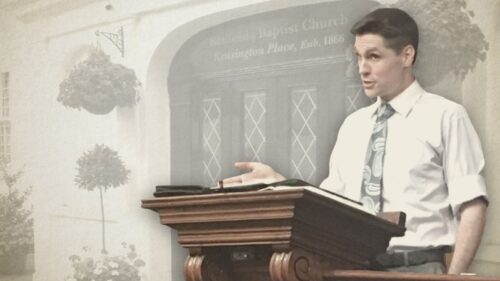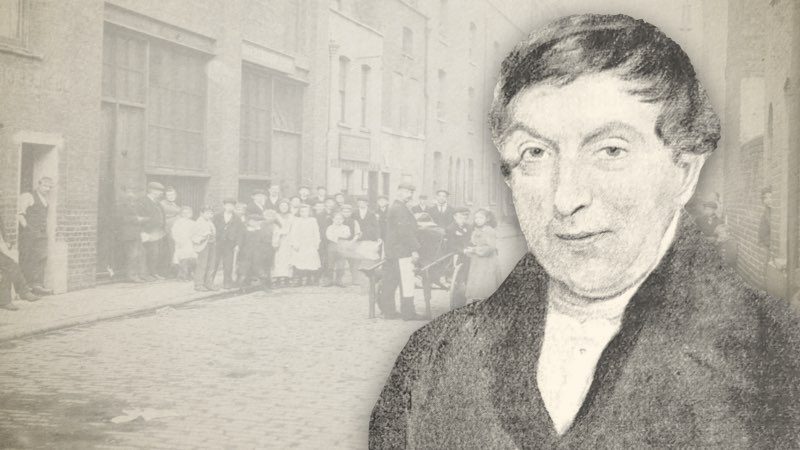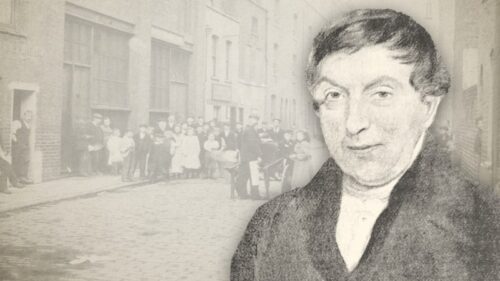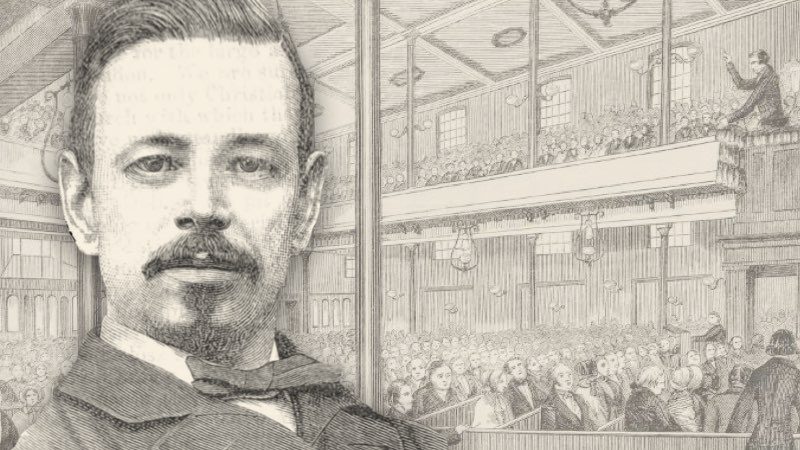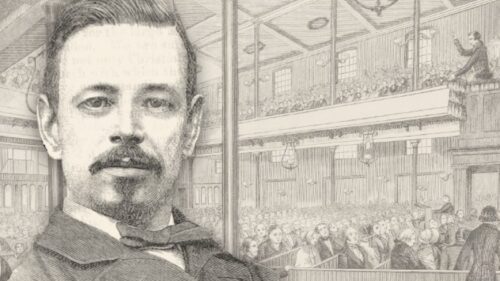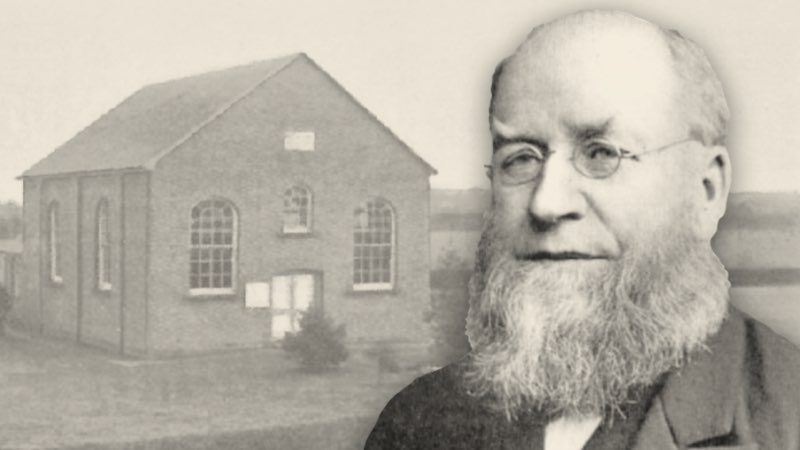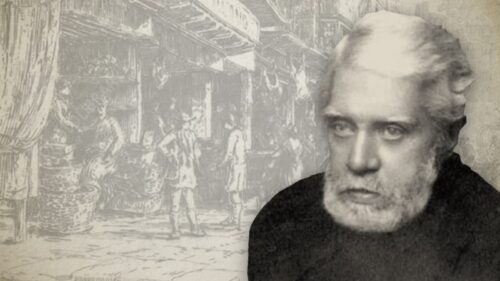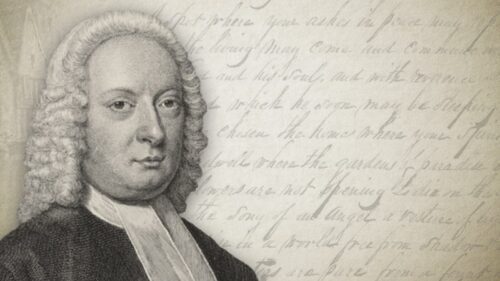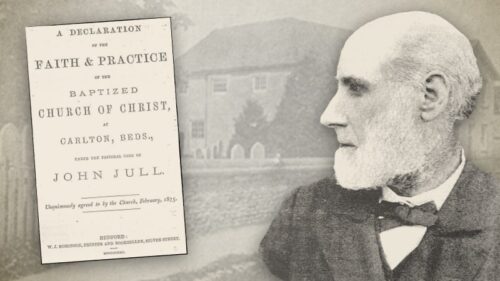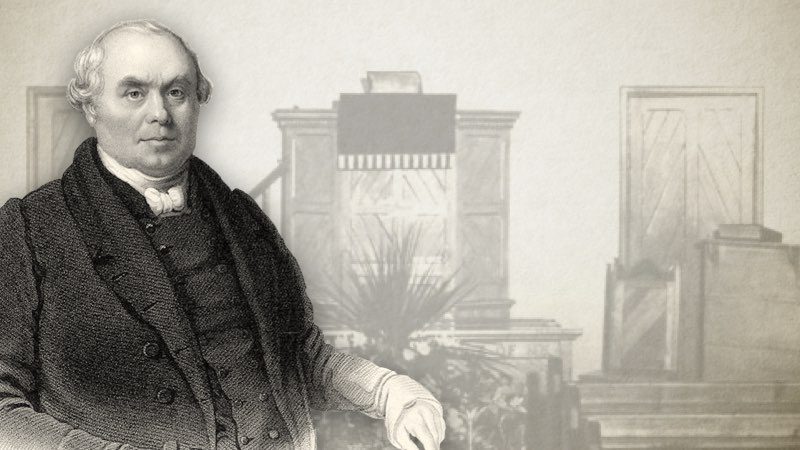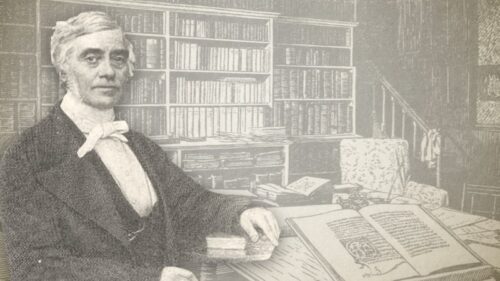-
38 Bible Doctrine – Confessional Statements And Their Proper Use
I would like to welcome you back to another study in Bible Doctrine. In our previous two studies, I have given a historic and doctrinal overview of John Gill’s Goat Yard Declaration of Faith. And then, towards the end of our last study, I pointed out some of the major differences between the 1689 Confession and the 1729 Declaration. In a nutshell, the 1689 Confession is representative of 17th century Hyper-Calvinism, whereas the 1729 Declaration is representative of 18th century Hyper-Calvinism. More specifically, 17th century Hyper-Calvinism, represented by the 1689 Confession, is based on a threefold covenantal framework, pushing to the forefront a conditional covenant of grace. Forthwith, saving faith is viewed as a legal duty imposed upon unregenerate sinners, resulting in a conditional salvation;…
-
The Origins Of The Particular And The Reformed Baptists
This question was recently put to me by a friend: ”Jared are you on the same side with Sam Renihan and his father on the issue of origins of Particular Baptists and Reformed Baptists?” My answer (with a few additions for the sake of clarity): No, we certainly would not be in agreement with the Reformed Baptists’ view on these matters. The reformed Baptist movement began in England during the 1950’s, taking over historic Particular Baptist churches and ‘unreforming’ them to align with their teachings. The group of Particular Baptist churches they commandeered belonged to the Metropolitan Association of Strict Baptist Churches (London). The church that I pastored for twenty years was
-
A Confession Of Faith, By John Andrews Jones
Christian Reader,— It is not my present intention to give you a narration of my long and eventful life, which has already been extended four years beyond the usual full limit of human existence: (Psa. 90:10) This I may yet do, if a little longer spared, in a series of Letters to one of my children, and leave it behind me as a memorial of sovereign goodness to one who is unworthy of any mercy. All I shall now say, is,—In my early life I was of the baneful deistical school; and although I cannot say with the Apostle, that, “I persecuted this way unto the death, (Acts 22:4) yet, all that I could do, by ridicule, and opposition to the sacred Scriptures, that I…
-
Obadiah Dolbey’s Articles Of Faith
I accept the Scriptures of the Old and New Testaments as a revelation from God concerning Himself, His works, His ways, and as our only infallible rule. That according to the Scriptures, I believe there is only one living and true God, who is a Spirit, infinite, eternal, independent, and immutable; and that of this one God there are three co-equal and co-eternal Persons—Father, Word, and Holy Ghost. I believe that all created intelligences, and all things whatsoever, are the joint work of this Three-One God, and for His pleasure they were and are created. Concerning mankind, I believe Adam was created in the image of God, holy and upright; but that he wilfully sinned against his Maker, and thereby brought himself and all his…
-
The Articles Of Faith, Biddenden Chapel
With the combined energies and resources of a deacon belonging to Tilden Chapel in Smarden, and a farmer residing in Lashenden, a Strict and Particular Baptist Chapel was built in 1880. Two years after the chapel opened, a church was organized and John Kemp was appointed the first pastor. He served the fellowship until his death in 1932, a total of 52 years. Biddenden Chapel, 1880 John Kemp, Pastor
-
Gadsby’s Convictional Statement Of Faith
William Gadsby (1773-1844) was a Strict and Particular Baptist preacher, who for thirty-eight years served as pastor for the church meeting at Black Lane, Manchester. His son John (1808-1893) was an author and printer, who in 1835 started a new religious magazine entitled, “The Gospel Standard, Or, Feeble Christian’s Support.” He immediately gained the help of his father, together serving as its first Editors. The first Issue of the magazine was printed in August 1835, beginning with an “Address” to the “Christian Reader”, the content of which sets forth the articles of faith drawn up and embraced by the Editors (most likely the convictional statement of William Gadsby):

